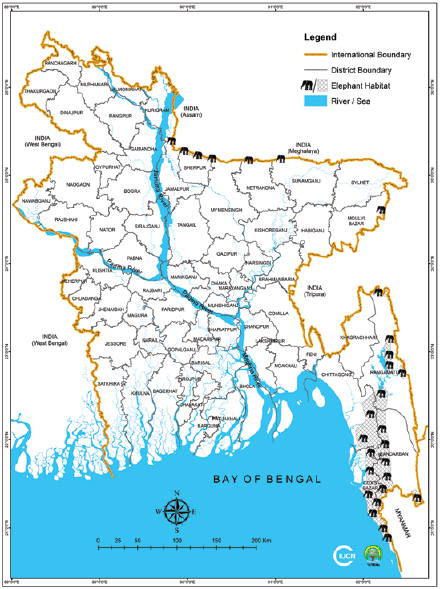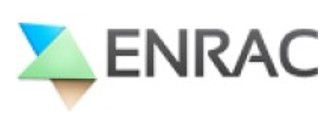Environmental Activities
The Dohazari-Cox’s Bazar Railway Project (DCRP) was classified as Category Red by the Department of Environment (DOE, ECR, 1997) and Category A project by the Asian Development Bank (ADB) under the ADB Safeguard Policy Statement (2009), thus requiring a full environmental assessment. To comply with these requirements, Bangladesh Railway (BR) has prepared the details of the Environmental Impact Assessment (EIA) with the Environmental Management Plan (EMP) in November 2017. The DOE has issued an Environmental Clearance Certificate (ECC) in favor of DCRP based on the submitted EIA on 26 November 2017 and Bangladesh Railway is renewing and updating the ECC as per DOE requirements.
Related Documents
Environmental Impact Assessment | Download
Environment Management Plan | Download
Semi-Annual Report (January 2019 – June 2019) | Download
Semi-Annual Report (July 2019 – December 2019) | Download
Semi-Annual Report (January 2020 – June 2020) | Download
Semi-Annual Report (July 2020 – December 2020) | Download
Semi-Annual Report (January 2021 – June 2021) | Download
Semi-Annual Report (July 2021 – December 2021) | Download
Semi-Annual Report (January 2022 – June 2022) | Download
Semi-Annual Report (July 2022 – December 2022) | Download
Semi-Annual Report (January 2023 – June 2023) | Download
Semi-Annual Report (July 2023 – December 2023) | Download
Semi-Annual Report (January 2024 – June 2024) | Download
Management Plans
A total 10 Management Plans, received from the contractors, got final approval by CSC up to this reporting period. The approved plans for DCRP are:
– HSE (Health, Safety and Environmental Management Plan),
– Traffic Management Plan,
– Emergency Response Plan,
– Dust Management Plan,
– Waste Management Plan,
– Noise Management Plan,
– Hill Cutting Management Plan,
– Hazardous Materials Management Plan,
– Water Pollution Prevention Management Plan and
– Tree Plantation Plan.
Construction Period Environmental Qualitative Assessment :
Major qualitative environmental issues as mentioned in the Environmental Management Plan such as noise attenuation, dust control, protection of water bodies (wetlands/ponds/rivers/canals), borrow and dredging site impacts, disposal of construction debris and other waste materials, servicing and operating equipment, control of petroleum products, conflict between elephants and humans, occupational health and safety, public health, hill cutting slope protection and protection of top soil have been discussed. In addition, this section also included the possible mitigation measures taken to overcome/minimize non-compliance issues over the last six months’ period.
Environmental Impact Mitigation
The Chittagong-Cox’s Bazar single-line dual gauge railway, one of the government’s most ambitious rail projects, stands to bring significant benefits to communication but also poses a threat to forests and wildlife habitats in the areas covered by the project.
The 103.50 km-long railway includes 27km through three reserved forests of Chittagong: Chunati Wildlife Sanctuary, Fasiakhali Wildlife Sanctuary and Medakacchapia National Park. These three protected areas, along with some other wooded areas in the southeast of the country, are part of an important corridor for Asian elephants. Environmentalists think that the felling of two lakh trees might cause serious environmental damage there.
Elephant Overpass
Also, there will be a system that involves installing thermal cameras inside the rail engine to assess where train masters can detect and slowly approach when elephants are nearby.


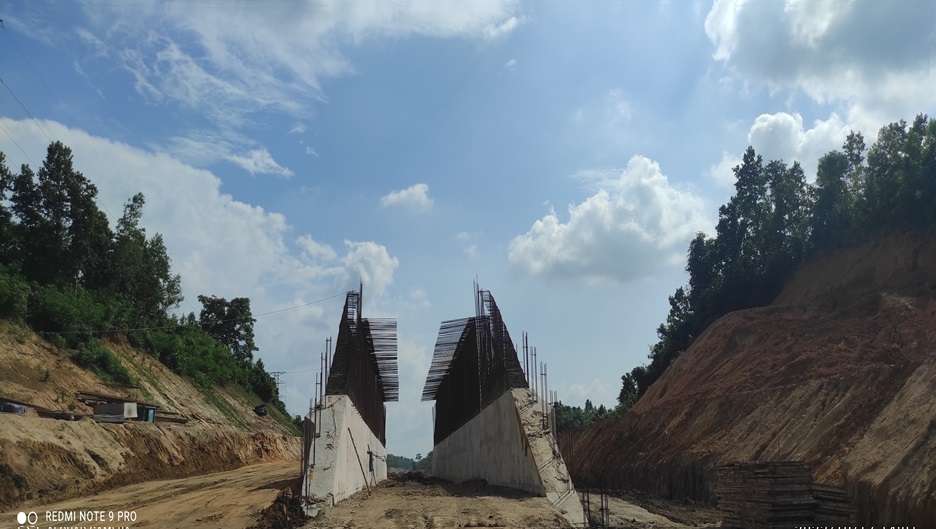
Elephant and Small/Medium Wild Animals Underpass

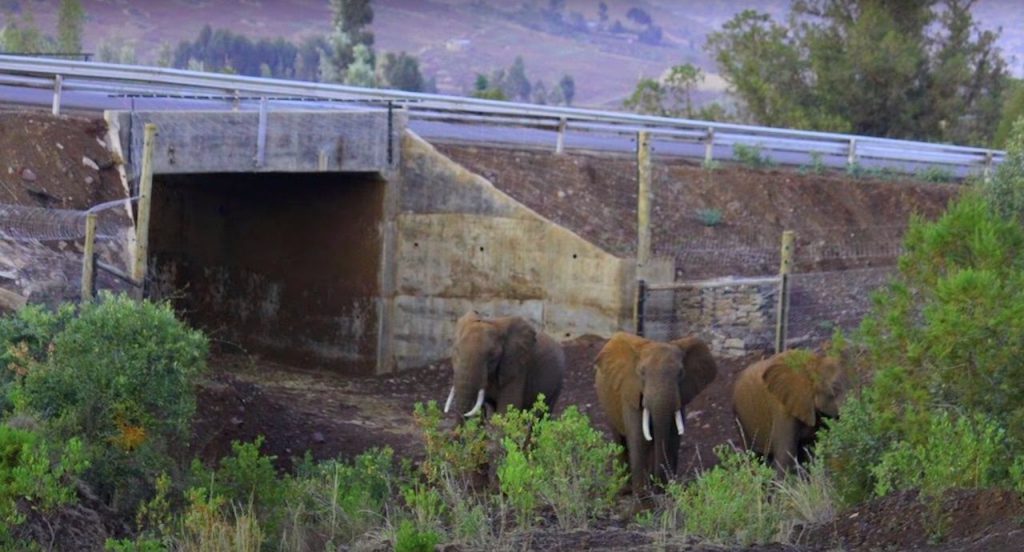


Tree Plantation
A comprehensive Environmental Management Plan (EMP) has addressed all identified impacts. It includes mitigation measures such as building elephant overpasses and using thermal imaging cameras and habitat enhancement to avoid trains hitting elephants and enable continued movement of elephants in the project area. An independent environmental monitoring team has been recruited to ensure the identified mitigation measures are designed and implemented appropriately.
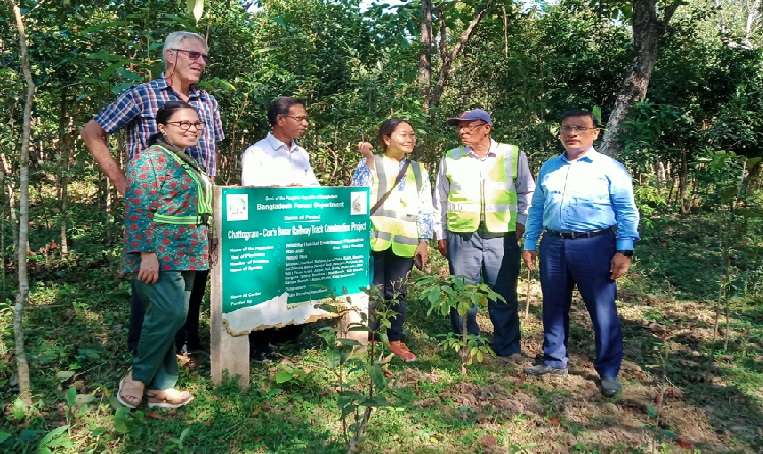
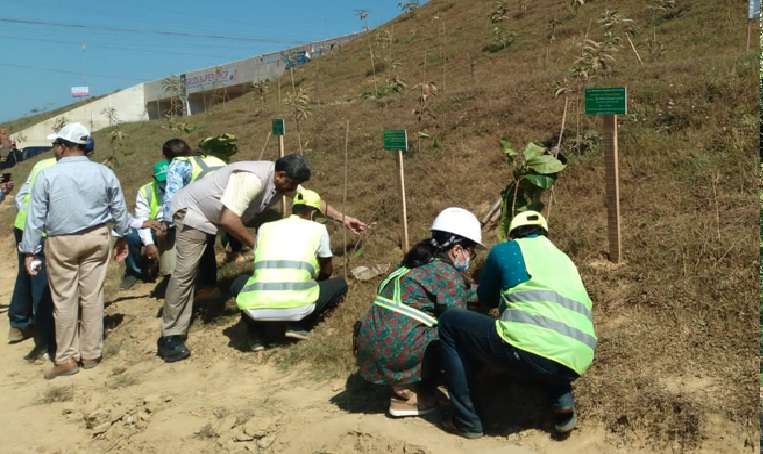
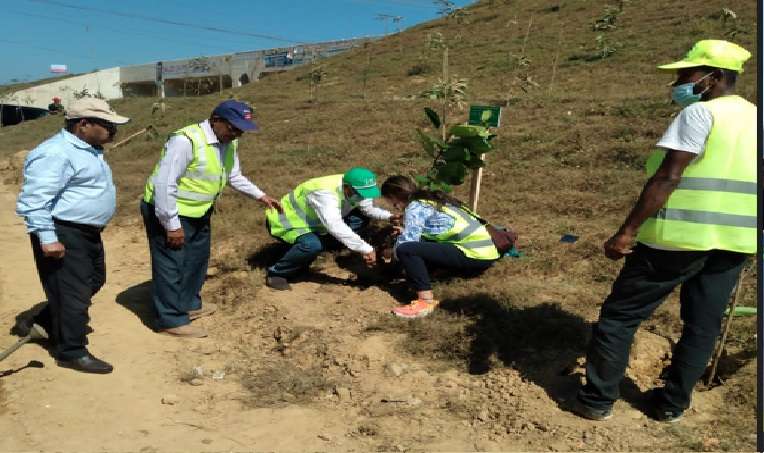
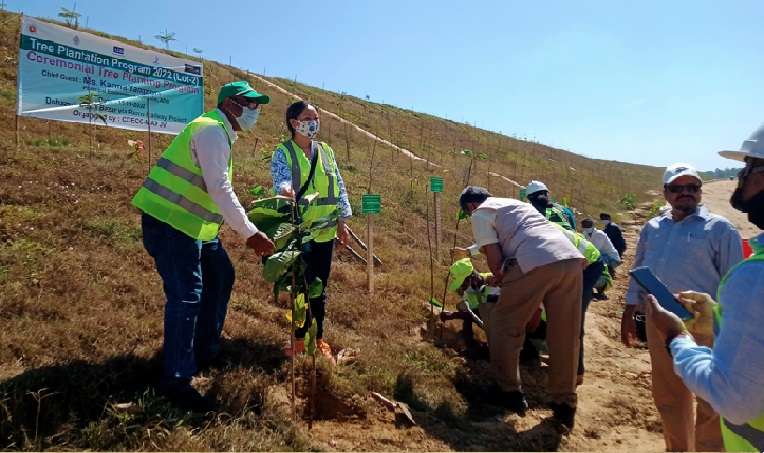


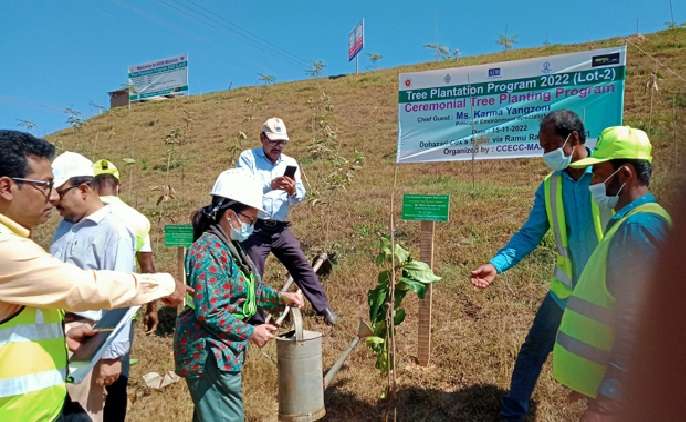
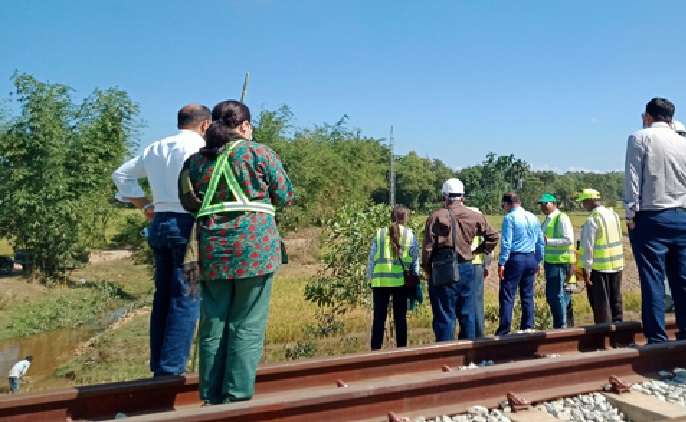
A significant number of various trees have been damaged due to the implementation of DCRP. Therefore, as per the contract, as a part of mitigation measures mentioned in the approved Environmental Management Plan (EMP) of the EIA, a Tree Plantation Program (TPP) is being undertaken by the contractors and the supervision of “Engineers”. There is a provision for replantation for approximately three times of removal of trees. Both contractors (Lot 1& Lot 2) have initiated tree plantation activities during the monsoon period and planted trees are being maintained (watering, protection and fertilization) by the contractors.
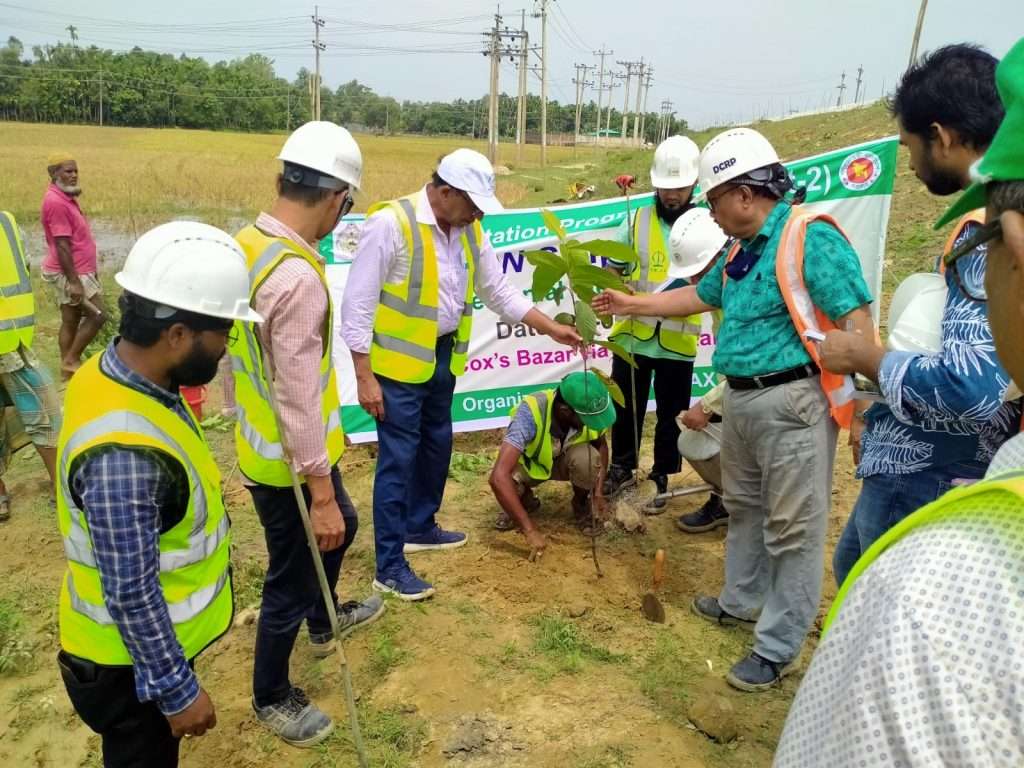







Environmental Monitoring
An independent environmental organization, ENRAC (Environment and Resource Analysis Centre Ltd.), has been engaged for sampling and testing of required environmental parameters (air quality, noise quality, surface water quality and ground water quality). The testing and monitoring are being done on quarterly/semi-annual/annual basis. All instruments used by the appointed organization are maintained following International Standards and calibrated regularly in accordance with the manufacturer’s instructions.
Related Project Documentation
Environmental Impact Assessment | Published: November 2017 | Download
Environment Management Plan | Download
Semi-Annual Report (January 2019 – June 2019) | Published : July 2019 | Download
Semi-Annual Report (July 2019 – December 2019) | Published : February 2020 | Download
Semi-Annual Report (January 2020 – June 2020) | Published : July 2020 | Download
Semi-Annual Report (July 2020 – December 2020) | Published : January 2021 | Download
Semi-Annual Report (January 2021 – June 2021) | Published : July 2021 | Download
Semi-Annual Report (July 2021 – December 2021) | Published : January 2022 | Download
Semi-Annual Report (January 2022 – June 2022) | Published : July 2022 | Download
Semi-Annual Report (July 2022 – December 2022) | Published : January 2023 | Download
Semi-Annual Report (January 2023 – June 2023) | Published : July 2023 | Download
Semi-Annual Report (July 2023 – December 2023) | Published : January 2024 | Download
Semi-Annual Report (January 2024 – June 2024) | Published : July 2024 | Download











